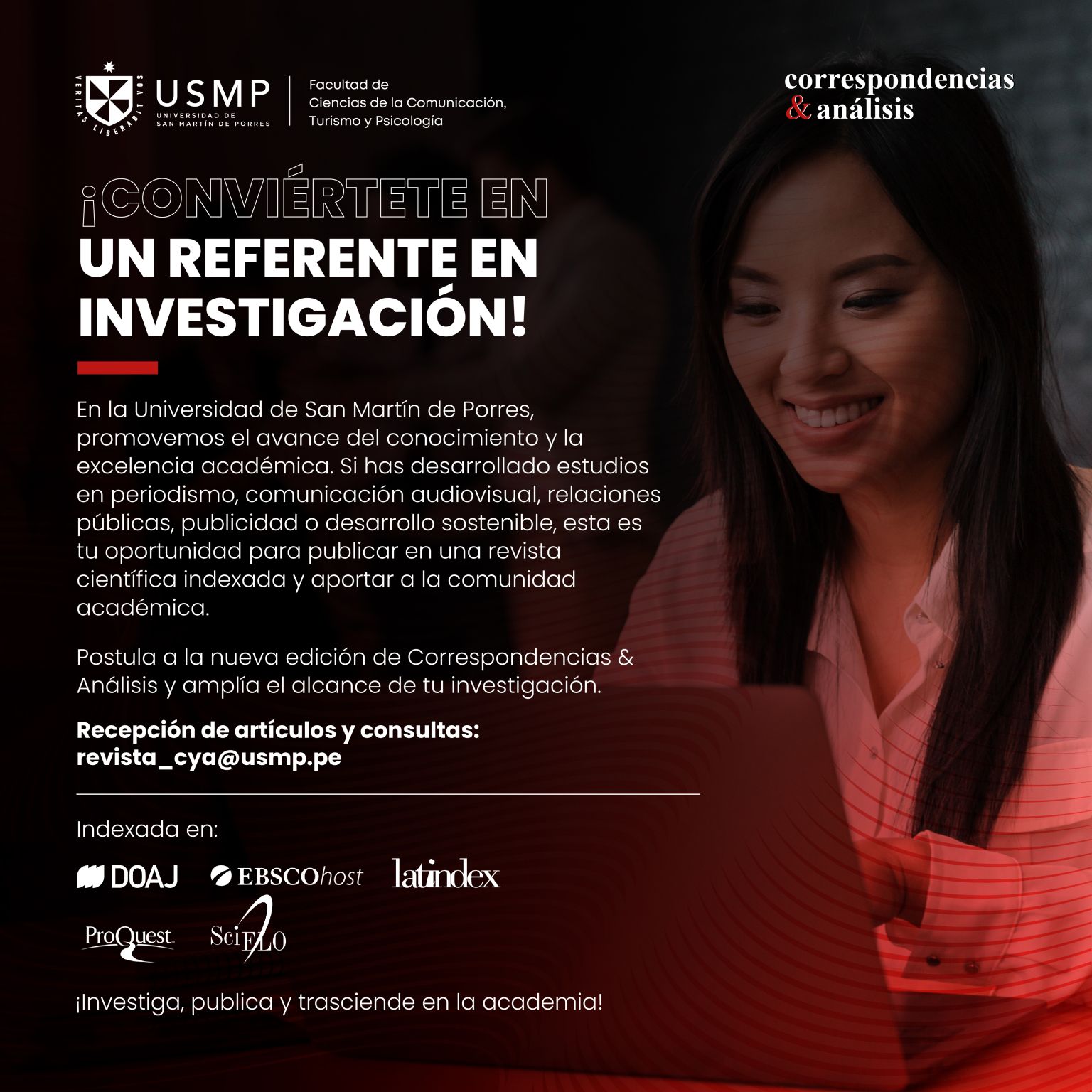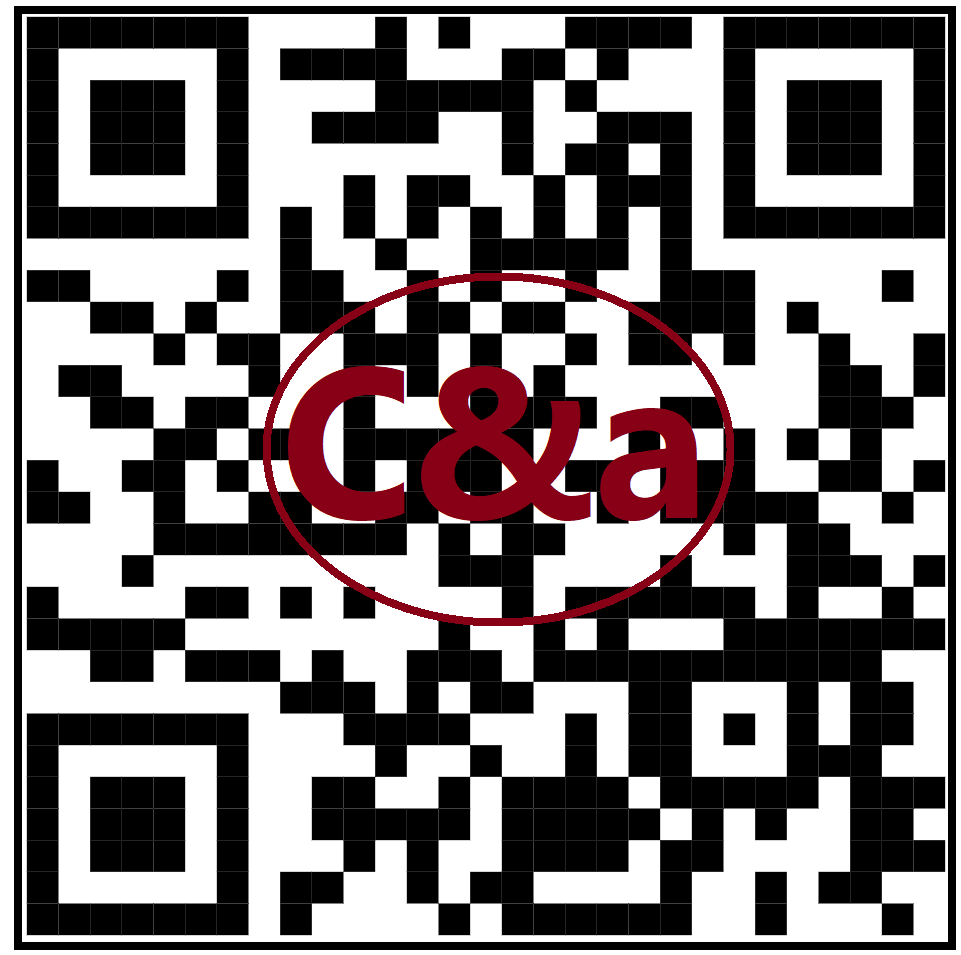Presidential discourse in Peru: comparative analysis and social issues in the speech of five presidents (2016-2023)
DOI:
https://doi.org/10.24265/cian.2023.n18.02Keywords:
Political communication, presidential discourse, semantic analysis, lexical frequencies, Peruvian realityAbstract
The importance of investigating the political discourse of a country lies in understanding the intrinsic complexity of political communication directed by its leaders. Hence, the importance of expanding the previous analysis of presidential speeches in Peru, transmitted in real time through the media, which is the objective of this study. For this purpose, the time frame is delimited between 2018 and 2023, covering a linguistic corpus that exceeds 105 000 words, distributed in 60 speeches made by five political leaders. With the application of a methodology that merges the ethnography of communication and the analysis of lexical frequencies, we seek to understand the communicative dynamics, semantic values and content of these speeches. The results highlight the variability in discursive practices, evidencing a convergence in the use of key words that highlight the importance of the country and the ability of the leaders to establish representation and inclusion. In addition, the shared concern for corruption and the emphasis on health during the pandemic; the strategic relevance of certain terms in the construction of social cohesion and collective identity; as well as marked centralism in the presidential speeches analyzed are highlighted.
Metrics
Downloads
References
Anderson, B. (1993). Comunidades imaginadas. Reflexiones sobre el origen y la difusión del nacionalismo. Fondo de Cultura Económica.
Armony, V. (2000). Représenter la nation: le discours présidentiel de la transition démocratique en Argentine. Éditions Balzac.
Armony, V., (2005). Aportes teórico-metodológicos para El estudio de la producción social de Sentido a través del análisis del Discurso presidencial. Revista Argentina de Sociología, 3(4), 32-54.
Carbaugh, D., & Boromisza-Habashi, D. (2015). Ethnography of Communication. En The international encyclopedia of language and social interaction (Vol. 1, pp. 537-552). John Wiley & Sons. https://doi.org/10.1002/9781118611463.wbielsi119
Charaudeau, P. y Maingueneau, D. (2005). Diccionario de análisis del discurso. Amorrortu Editores.
Chilton, P., y Schäffner, C. (2000). Discurso y política. En T. A. Van Dijk (Ed.), El discurso como interacción social. Estudios sobre el discurso II. Una introducción multidisciplinaria (pp. 297-329). Gedisa.
Chilton, P. A., & Schäffner, C. (2002). Politics as Text and Talk: Analytic Approaches to Political Discourse. John Benjamins Publishing Company.
Cruz, M., & Aragón, J. (2022). Los mensajes a la Nación en el Perú: 2001-2020. https://gobierno.pucp.edu.pe/reporte/los-mensajes-a-la-nacion-en-el-peru-2001-2020-2/
Fairclough, N. (1992) Discourse and Social Change. Polity Press.
Fernández Lagunilla, M. (1999). La lengua en la comunicación política I: El discurso de poder. Arco/libros.
Foucault, M. “L'écriture mise à nu par son auteur même” (12 de setiembre de 2004). Le Monde. https://www.lemonde.fr/archives/article/2004/09/12/p-l-ecriture-mise-a-nu-par-son-auteur-meme-p_4294279_1819218.html
Gómez, P. (2009). Chile 2000-2006: la propuesta política del Presidente Ricardo Lagos. Análisis semiótico de los Mensajes a la Nación. Memoria presentada para optar al grado de doctora. Universidad Complutense, Facultad de Ciencias de la Información, Departamento de Periodismo III, Madrid.
Gómez, R. (2022, 20 de diciembre). Así acabaron los últimos 10 presidentes de Perú. El País. https://elpais.com/internacional/2022-12-20/asi-acabaron-los-ultimos-10-presidentes-de-peru.html
Gramsci, A. (1977). Note sul Machiavelli, sulla politica e sullo stato moderno. Editori Riuniti.
Jara Murillo, C. (2007). El mensaje presidencial costarricense desde la etnografía de la comunicación. Revista de Filología y Lingüística de la Universidad de Costa Rica, 33(2), 141-178.
Lakoff, G. (2007). No pienses en un elefante: lenguaje y debate político. Editorial Complutense.
Lebart, L.; Piron, M., y Steiner, J. F. (2003). La sémiométrie. Dunod.
López Escarcena, I. (2020). Análisis del primer mensaje a la nación de los Presidentes Lagos y Piñera. Cuadernos.Info, (32), 125-134. https://doi.org/10.7764/cdi.32.496
Meyer, L. (2006). Prólogo. El discurso presidencial en México. El sexenio de Carlos. Salinas de Gortari. De Concepción Montiel, L. E. Universidad Autónoma de Baja California.
Montero, M. (2009). Poder y palabra: mentira implícita y accidentes en discursos presidenciales. Discurso & Sociedad, 3(2), 348-371.
Parker, I.A. (1992). Discourse Dynamics: Critical Analysis for Social and Individual Analysis. Routledge.
Potter, J. (1997). Discourse analysis as a way of analyzing naturally occurring talk. En D. Silverman (Ed.), Qualitative Research (pp. 144-160). Sage.
Rubio Ferreres, J.M. (2009). Opinión pública y medios de comunicación. Teoría de la agenda setting. Gazeta de Antropología, 25(1). https://bit.ly/3ck1UdE.
Rodríguez Luna, M. E. (1997). La etnografía de la comunicación: Una perspectiva de la investigación sobre el lenguaje y la cultura. Enunciación, 2, 24-28.
Salazar, D. (2018, 21 de marzo). Pedro Pablo Kuczynski renuncia a la presidencia del Perú. The New York Times. https://www.nytimes.com/es/2018/03/21/espanol/pedro-pablo-kuczynski-renuncia-a-la-presidencia-del-peru.html
Santaeulalia, I. (2023, 6 de febrero). Perú, un país en caída libre. El País. https://elpais.com/internacional/2023-02-06/peru-un-pais-en-caida-libre.html
Valencia, K. (2023, 1 de agosto). ¿Por qué los peruanos tienen una baja confianza en sus autoridades? El análisis desde las regiones. RPP Noticias. https://rpp.pe/politica/elecciones/el-poder-en-tus-manos-por-que-los-peruanos-tienen-una-baja-confianza-en-sus-autoridades-noticia-1497573
Van Dijk. T. (1999). Ideología, un enfoque multidisciplinario. Gedisa.
Van Dijk, T. A. (2000). El discurso como interacción en la sociedad. En T. A. Van Dijk (Ed.), El discurso como interacción social. Estudios sobre el discurso II. Una introducción multidisciplinaria (pp. 19-66). Gedisa.
Zhu, J.H.; Watt, J.H.; Snyder, L.B.; Yan, J. & Jiang, Y. (1993). Public Issue Priority Formation: Media Agenda-Setting and Social Interaction. Journal of Communication, 43(1), 8-29. https://doi.org/10.1111/j.1460-2466.1993.tb01246.x
Downloads
Published
Issue
Section
License
Copyright (c) 2023 Rafael Robles Olivos

This work is licensed under a Creative Commons Attribution 4.0 International License.
In case the manuscript is approved, the authors retain the copyright and assign to the journal the right to publish, edit, reproduce, distribute, display and communicate in the country of origin and abroad by means of print and electronic media in different databases.
In order for this procedure to be recorded, the author must fill out the following formats:
Format 1 - Author data Format.
Format 2 - Affidavit on originality and authorization for the publication of articles Format.
Format 3 - Open Science Compliance.







2.png)













